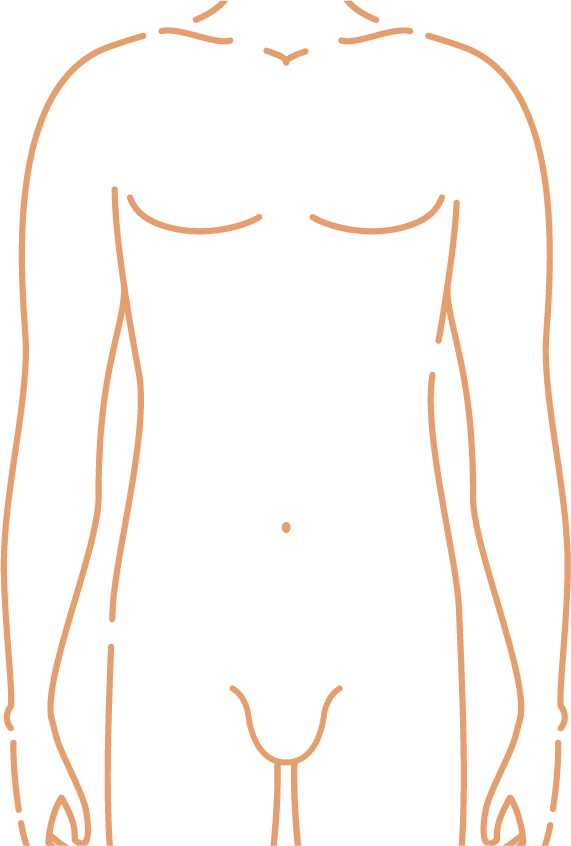
Beauty
For Every
Body
Feel comfortable and confident in your own skin.
See how we uncover the true beauty of every body.
Discover Your
Deeper Beauty
Uncover Your
Ultimate Confidence
Discover Your
Deeper Beauty
Uncover Your
Ultimate Confidence
Face
Get the look to match your youthful feel. Lift your eyebrows if you have eyebrow ‘hooding’ or an aged look.
Book ConsultationWake up every morning feeling and looking refreshed with a simple eyelid lift on your upper or lower eyelids. Banish under-eye bags.
Book ConsultationCorrect protruding ears for a more confident you.
Book ConsultationGive yourself the profile you always wanted. Your nose is your most prominent facial feature – be proud of the way you present yourself.
Book ConsultationLook as invigorated as you feel. Smooth cheek and neck contours by lifting skin and tissue. Combine with a skin resurfacing, brow and eye lift for the ultimate youthful resurgence.
Book ConsultationAdd balance and exquisite definition to your natural features. Bring out your cheeks, define your jawline and enhance your chin for a look that’s more you.
Book ConsultationBring your beauty to the surface. Repair damaged skin, and smooth wrinkles caused by age, sun exposure and acne with laser skin resurfacing.
Book Consultation
Body
Tighten skin. Bring back toned arms. Remove excess skin and fat known as ‘batwing deformity’. Go ahead, break out your tank tops again.
Book ConsultationRestore the shape and contour of your abdomen by removing excess skin and fat, and repairing your muscle wall (diastasis recti).
Book ConsultationShow off your natural features. Remove excess skin from your thighs. Get your body back.
Book ConsultationFight gravity and rid yourself of droop with a buttocks lift.
Book ConsultationGet a fuller, more shapely figure. Remove fat from one area of the body and place it in your buttocks to enhance shape and contour.
Book ConsultationEliminate discomfort and feel the ultimate confidence with your body. Remedying prominent labia minora can do wonders for your self image.
Book ConsultationReward yourself by restoring your body. Get back to pre-child shape with a tummy tuck, breast surgery and other individualized procedures.
Book ConsultationRecontour your skin, eliminate wrinkles, and restore lost volume. It can even improve your skin tone and texture.
Book ConsultationRemove unwanted fat deposits on your body to create the feminine shape you desire. Get the alluring physique you’ve been working for by ‘suctioning’ leftover fat cells from your body.
Book Consultation
Breasts
Get the right shape and size to complement your form. Increase your body confidence after aging, weight loss, or childbirth. Can be done with implants or your own fat transfer.
Book ConsultationRestore the desired contour, placement and perkiness of your breasts. Childbirth, breastfeeding, weight loss and even natural aging will change your body and breasts. Get back to the beautiful shape you desire.
Book ConsultationFree your body and find new movement again with a reduction.
Book ConsultationReward yourself by restoring your body. Get back to pre-child shape with specialized breast surgery, a tummy tuck and other individualized procedures.
Book Consultation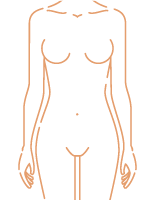
Anti-Aging
Unleash the beauty of your skin with an individualized anti-aging program. Utilize renowned skin care products including ZO, Vivier and Jane Iredale’s Mineral Cosmetics in your daily routine to rebuild and retain your youthful appearance. Our experts design the regime your skin needs.
Book ConsultationReduce signs of aging fast. Smooth out frown lines, crow’s feet, forehead wrinkles and more with injections of BOTOX Cosmetic® or Dysport®.
Book ConsultationRestore volume to your face. With careful application of hyaluronic acid (HA), your face can be rebalanced to restore youthful contours. Common fillers we use include those from the Juvederm, Restylane, Teosyl and Belotero families of products.
Book ConsultationBring the right shape back to your face. Use your own fat to restore areas that have lost volume.
Book ConsultationRestore aging skin quickly. Laser rejuvenation combined with a daily skin care regimen can make huge differences to aging or sun damaged skin.
Book ConsultationRestore your radiant glow. The DiamondTome Wand gently exfoliates to uncover smoother, healthier new skin.
Book ConsultationPainless, permanent, perfect. Beauty for every skin tone with a simple procedure using CoolGlide XEO on even your most sensitive areas.
Book ConsultationSmooth and refine the look of your skin. Minimize tiny spider veins and deep blue reticular veins using the gentle CoolGlide Laser to redirect blood flow.
Book ConsultationStop covering up. Start showing off. Reduce cellulite with a laser treatment that targets fat and stimulates collagen growth.
Book ConsultationDiscover the revolutionary science that changed home skin care forever. Get professional rejuvenation every day.
Book ConsultationErase blemishes and permanently damaged skin for good. Bring back the natural colour and contours of your skin with topical medications.
Book ConsultationHeal sun damage. Repair your beauty. Create smoother-looking skin with CoolGlide XEO and Genesis Plus. Gentle intense pulsed light (IPL) technology makes it painless.
Book Consultation
Chest
Get back to your confident self. Cut fat tissue on your chest to create the body shape you’re aiming for. Up to 60% of men may be affected by gynecomastia (enlarged breasts). Feel confident shirtless again.
Book Consultation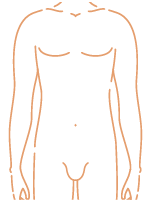
Anti-Aging
Reduce signs of aging fast. Smooth out frown lines, crow’s feet, forehead wrinkles and more with injections of BOTOX Cosmetic® or Dysport®.
Book ConsultationRestore volume to your face. With careful application of hyaluronic acid (HA), your face can be rebalanced to restore youthful vibrancy.
Book ConsultationRecontour your skin, eliminate wrinkles, and enhance volume. Fat grafting can even improve your skin tone and texture.
Book ConsultationRestore aging skin quickly. Laser rejuvenation combined with a daily skin care regimen can make huge differences to aging or sun damaged skin.
Book ConsultationRestore your youthful skin. The DiamondTome Wand gently exfoliates to uncover smoother, healthier new skin.
Book ConsultationHeal sun damage. Repair your beauty. Create smoother-looking skin with CoolGlide XEO and Genesis Plus. Gentle intense pulsed light (IPL) technology makes it painless.
Book Consultation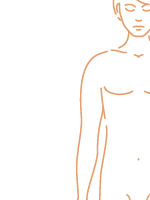
Body
Remove unwanted fat deposits on your body to create more masculine contours. Get the sharp lines and physique you’ve been working for by ‘suctioning’ leftover fat cells from your body.
Book ConsultationTone your stomach shape and improve ab contours. A stomach tuck repairs stretched abdominal muscles (diastasis recti) and creates a slimmer physique.
Book Consultation
Face
Get the look to match your youthful feel. Lift your eyebrows if you have eyebrow ‘hooding’ or an aged look.
Book ConsultationCorrect drooping eyes and give yourself an alert, youthful appearance. Remove excess skin with eyelid surgery and refresh your face for good.
Book ConsultationLook as invigorated as you feel. Smooth cheek and neck contours by lifting skin and tissue. Combine with a skin resurfacing, brow and eye lift for the ultimate youthful restoration.
Book ConsultationEliminate fatty areas on your chin and neck to create a more rugged and refined jawline. By ‘suctioning’ out deposits of fat, you can get the face shape you always wanted.
Book ConsultationGive yourself the profile you always wanted. Your nose is your most prominent facial feature – be proud of the way you present yourself.
Book ConsultationCorrect protruding ears for a more confident you.
Book Consultation
BOOK
The Highest Calibre.
Twice Over.

Dr. Greg Waslen

Dr. Earl Campbell


Dr. Greg Waslen
Shortly after graduating from the University of Saskatchewan School of Medicine and the University of Western Ontario School of Medicine, Dr. Waslen became a certified specialist in Plastic Surgery by the Royal College of Physicians and Surgeons of Canada in 1979.
He also served as the Director of Plastic Surgery at Calgary General Hospital from 1986 – 1997. Today, he dedicates his time to bringing confidence and specialized care to each of his patients.
P: 403-228-1313
Memberships
Associations






Dr. Earl Campbell
Having received his certification in Plastic Surgery by the Royal College of Physicians and Surgeons in 1998, Dr. Earl Campbell has been in practice in Calgary for over 20 years.
He is also a Clinical Assistant Professor of Plastic Surgery at the University of Calgary. This position allows him to share his years of experience with others, while continuing to stay up to date with the latest research and advancements within cosmetic and reconstructive plastic surgery.
P: 403-228-2511
Memberships
Associations








Clinic
Real Experts For The Real You
Welcome to the Plastic Surgery Centre. Here you’ll find a complete range of both surgical and non-surgical services for patients seeking to refine their natural beauty.
Discreetly Designed
Convenient yet quiet and private, the Plastic Surgery Centre is designed to ensure that your visit is discreet. Discover a clinic crafted to bring you comfort from the first consultation.
State-Of-The-Art Technology
Remaining up to date with the world’s advances in plastic surgery, the Plastic Surgery Centre can bring your beauty to life. Because nothing less will do.
Digital Imaging
Informed and inspired. Realistic digital imaging tools showcase achievable results for your body using photography and simulation technology. The first step in revealing your ideal self.
